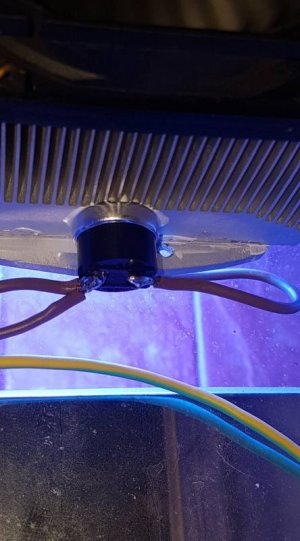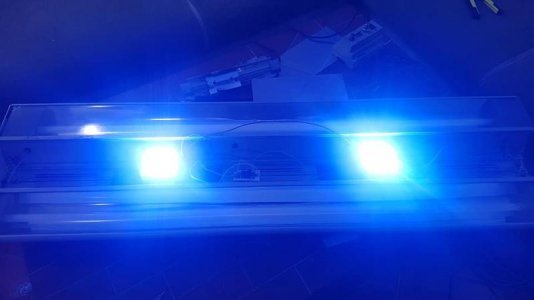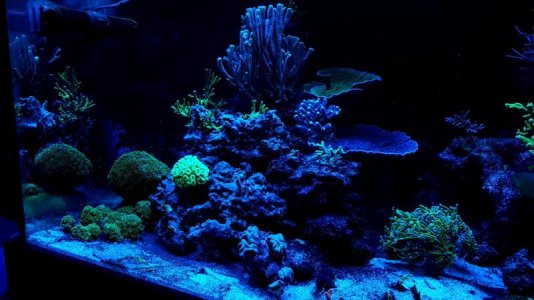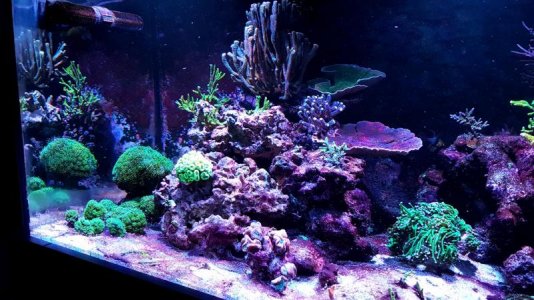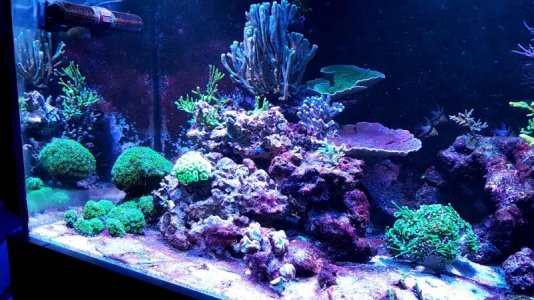Jadran
Member
.. and few shots more,
- temp swithc mounted on heatsink
- leds turned on
testing it over the friends tank
- T5s alone ( 2x54w actinic) that will do for mornings and evenings
- led pucks alone
- T5's & leds
- temp swithc mounted on heatsink
- leds turned on
testing it over the friends tank
- T5s alone ( 2x54w actinic) that will do for mornings and evenings
- led pucks alone
- T5's & leds

